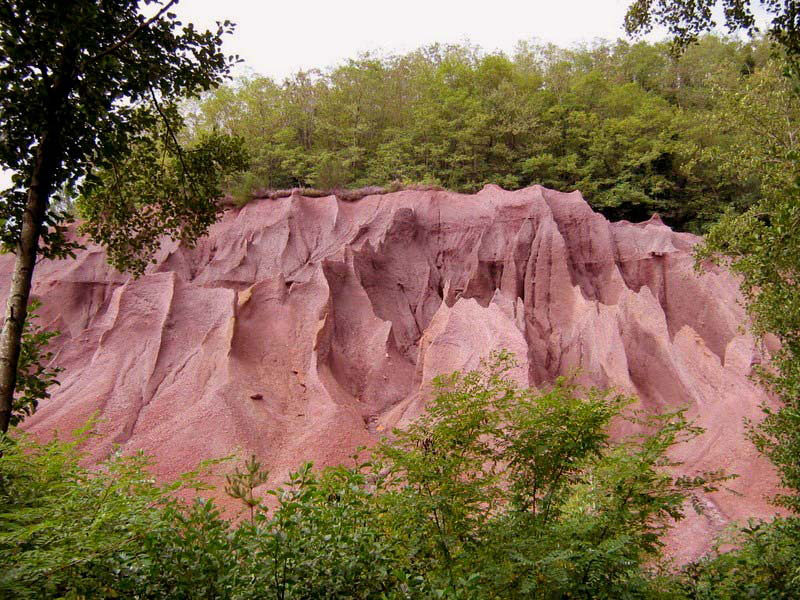This is the most important and famous tipical product. You can taste the products made by chestnut flour as cakes, biscuits, bread, liqueurs and many others.
The drying operation is often carried out in a traditional manner in special drying sheds consisting of two-storey constructions being either square or rectangular in shape, made from the local stone or bricks. The lower level being used as the heating area where a fire is kept burning and fed with wood, chestnut peel, or with forest waste products. While on the upper storey there is a trestle grating, traditionally made of wood, but which can also be made of metal, on which layers of chestnuts are regularly placed (every four to five days when the previous 15 cm layer has dried) until a maximum height of 30-50 cm is reached.
The chestnuts are turned over several times during the drying process and the internal temperature is checked daily, to ensure that it remains constant. The whole process usually takes an average of 30 days. The dried chestnuts are then peeled using various techniques.
Chestnut flour is obtained by grinding dried and peeled chestnuts; the product has a high nutritious value, with a high saccharose and starch content and is rich in mineral elements.
The flour is gluten free and it’s perfect for those with Celiac Disease. Describing it as sweet seems odd, but chestnut flour is truly sweet and mellow and imparts a most unusual and welcome flavor to everything in which it is used.
Chestnut flour can be substituted for some of the wheat flour in recipes for baked goods.















